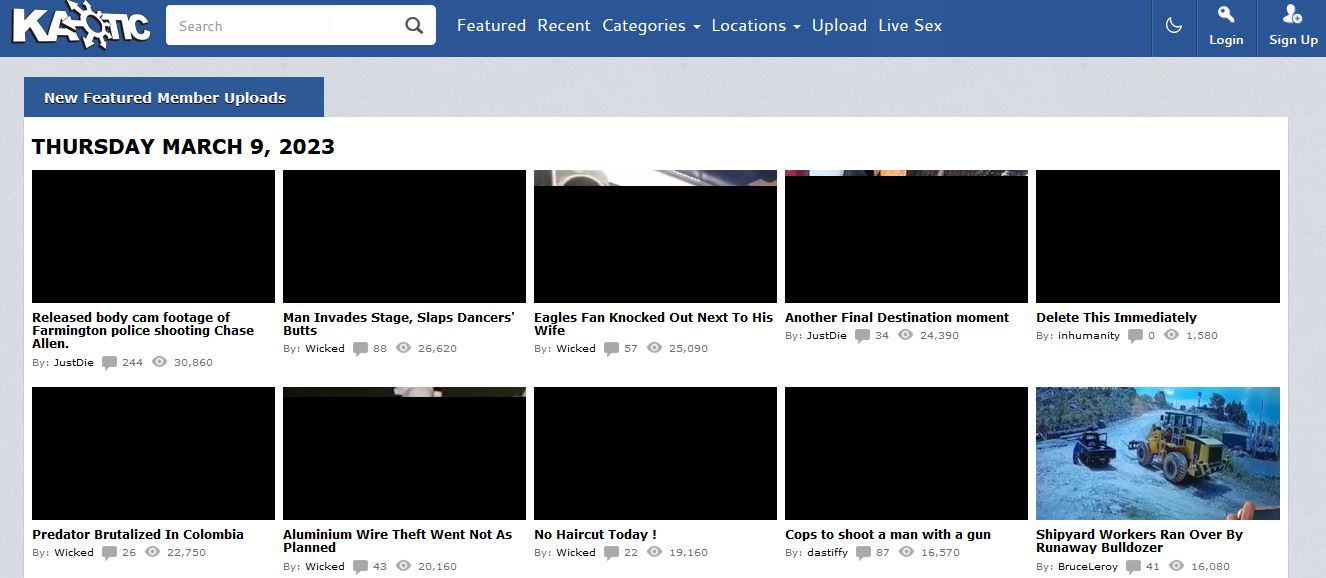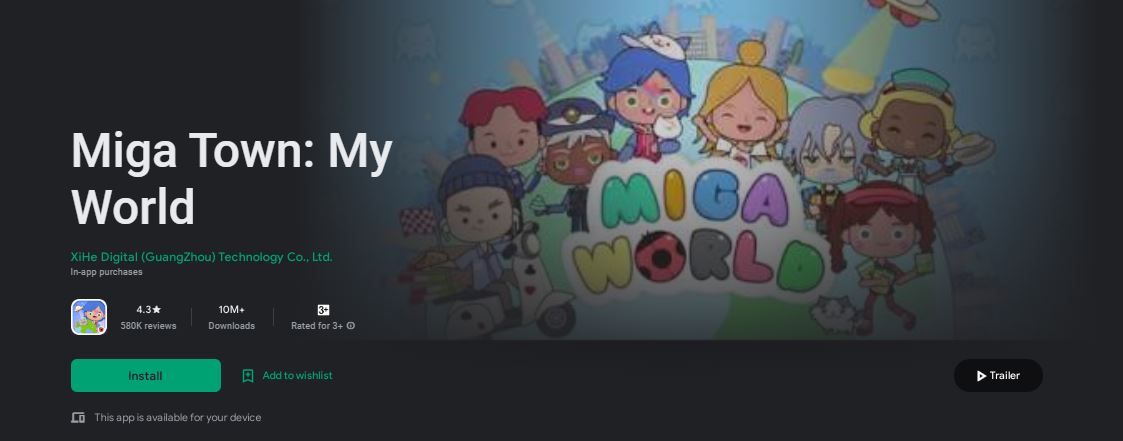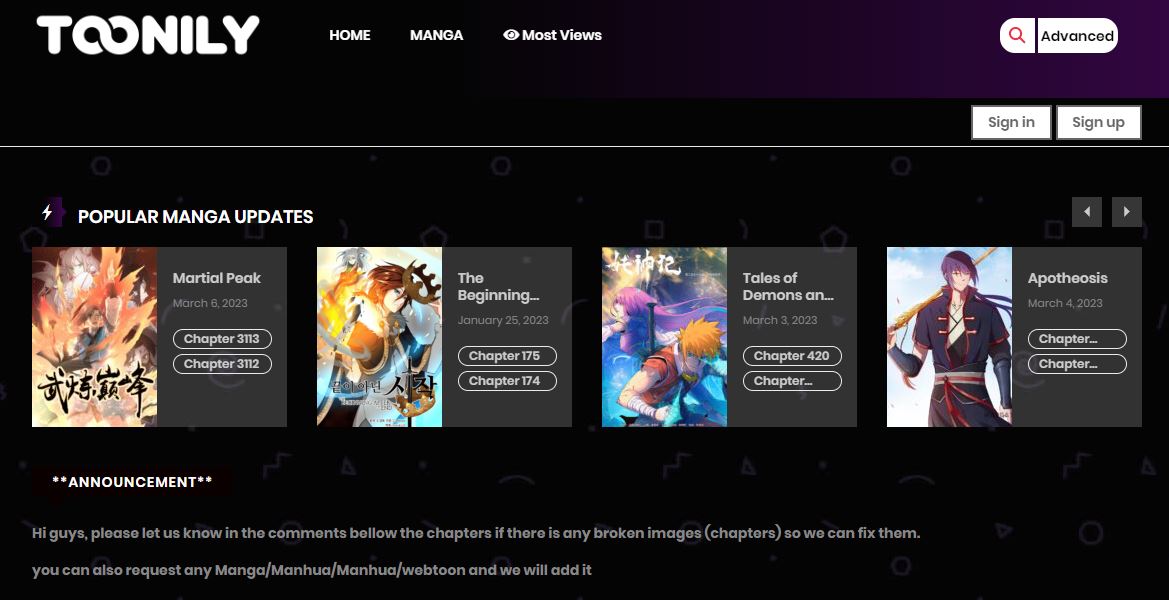OTT is changing people’s viewing habits, giving them more freedom and control over the content they want to watch. Moreover, OTT is affecting the price structure for consuming video content. OTT modernizes how video content creators deliver their content on cross-platform devices like smartphones and iOS computers through the internet.
The OTT streaming services offer a modern new digital nature to the video content industry, providing viewers a fantastic experience. Media owners use four basic monetization models for OTT video, and one of the most popular is AVOD.
Many content creators and streamers have been using AVOD platforms to monetize their content because they offer advertising space for interested advertisers and benefit from that.
OTT Monetization Models
The never-ending change in technology has made good opportunities for streamers and content creators to have a passive income. So, how can they earn a profit from making videos?
One of the popular ways to earn money by making videos is through OTT monetization models. Four OTT monetization streamers and content creators are used to monetize their content: AVOD, TVOD, SVOD, and hybrid.
Suppose you have the videos uploaded on the platform, you know your audience, and now you need to choose a monetization model for your platform. Selecting one might define the potential revenue you will get. Here are the four OTT monetization models.
AVOD
AVOD is a great monetization model for anyone that wants to purely provide advertising space in their content instead of charging users for viewing.
Advantages:
- A simple way to make money on content
- More people will watch the content because it is free of charge
- Dynamic ad-insertion
Disadvantages:
- Ads can be annoying to viewers
- Profit depends on how much an advertiser would pay
TVOD
Transactional Video n Demand is the opposite of AVOD but, in a sense, with similarities. Instead of watching content for free, consumers need to pay upfront costs for the content. TVOD can also have ads but with an ad-free experience option.
Advantages:
- Users to pay for an episode, the whole season, or a film
- Additional revenue from transactions
Disadvantages:
- Difficult viewers retention as some of them leave the platform until a new episode is published
- Extra investments in marketing
SVOD
SVOD monetization is perfect for prominent content creators that release large amounts of content. It took the world by storm years ago. This monetization model typically sets up a monthly or yearly subscription.
Advantages:
- Viewers watch no ads which influence user experience
- The subscription-based model promises higher profit if you have a good number of subscribers
Disadvantages:
- Some people would opt for free platforms because they can’t afford a subscription
- It requires creating unique content that consumers cannot watch anywhere else
Hybrid
If you don’t know which type of monetization model fits your platform, you can try the hybrid model. Various OTT services offer a hybrid custom platform. For example, you can mix two monetization models: TVOD and SVOD. Users can pay for a monthly subscription or buy a single video they want to watch.
Advantages:
- Allows content creators to benefit from several monetization models
- Great for reaching out to more audiences
Disadvantages:
- It requires more effort to deal with as the models described above have their specifics
Final Thoughts
OTT platforms offer many opportunities for content monetization. We have described those that are common among OTT platform owners. It may be better for you to test all of them and analyze which one brings more profit or is more popular among the people who visit your platform. It’s hard to be 100% sure that a specific monetization model will be the best for you without additional data.



